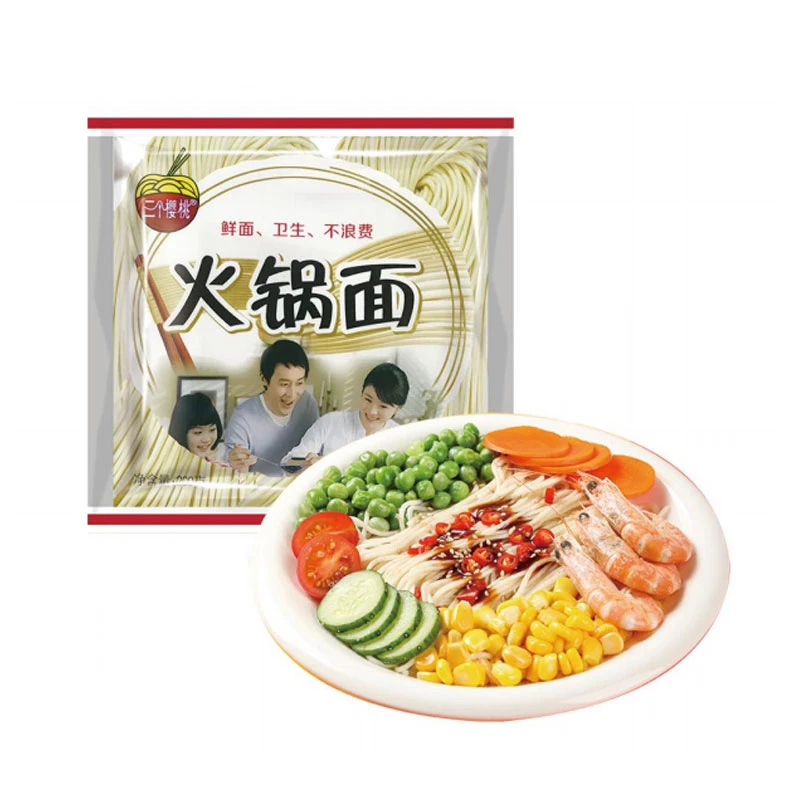Chilled Soba Noodles with Fresh Toppings for a Refreshing Summer Meal
The Delight of Cold Soba Noodles A Culinary Journey
In the world of Japanese cuisine, few dishes encapsulate the essence of simplicity and freshness as beautifully as cold soba noodles. Made from buckwheat flour, these thin, delicate noodles are not only a staple in Japanese households but also a culinary gem that has garnered appreciation worldwide. As we dive into the delightful experience of enjoying cold soba noodles, we explore their origins, preparation methods, and the myriad ways they can be served.
A Brief History
Soba, meaning buckwheat in Japanese, has a rich history that dates back to the Edo period (1603-1868). Originally consumed as a nutritious food for the common people, soba noodles gained popularity for their health benefits, being high in protein and gluten-free. Over time, they became a beloved dish in Japanese culture, celebrated for their versatility and unique flavor. The tradition of serving soba cold is believed to have started in the northern regions of Japan, especially in places like Nagano, where the cool climate favors the cultivation of buckwheat.
The Art of Preparation
The preparation of soba noodles requires skill and precision. The process begins with mixing buckwheat flour with water to create a dough, which is then rolled out and cut into thin strands. The key to perfect soba lies in the technique – achieving the right thickness and texture takes practice. Once the noodles are cut, they are quickly boiled and then plunged into cold water to halt the cooking process, preserving their firm texture and vibrant taste.
After cooling, the noodles are typically drained and arranged on a plate or bamboo mat, ready to be served. Accompanying cold soba is often a dipping sauce known as tsuyu, made from a blend of soy sauce, mirin, and dashi. This savory, aromatic sauce enhances the natural flavor of the noodles, creating a harmonious balance of tastes.
cold soba noodles

Culinary Variations
One of the joys of cold soba noodles lies in their versatility. While the basic preparation is simple, there are countless variations and toppings that can elevate the dish. For instance, adding fresh wasabi, green onions, or grated daikon radish provides a delightful crunch and a burst of flavor. Tempura, which consists of lightly battered and fried vegetables or shrimp, can be served alongside cold soba for a delightful contrast of textures.
Another popular variation is zarusoba, where noodles are served on a slatted bamboo tray, often accompanied by a side of dipping sauce. In summer, soba can be paired with various seasonal ingredients like chilled vegetables and herbs, making it a refreshing dish perfect for warm weather.
Popularity Beyond Borders
The charm of cold soba noodles has transcended geographical boundaries, captivating palates and culinary enthusiasts around the globe. Sushi restaurants often include soba on their menus, and many foodies have embraced this delightful dish as a healthy and satisfying option. Whether enjoyed at a traditional Japanese eatery or prepared at home, cold soba has become a symbol of comfort and indulgence.
Conclusion
In conclusion, cold soba noodles represent more than just a meal; they embody the essence of Japanese cuisine – fresh ingredients, mindful preparation, and a focus on flavor and balance. As we savor each bite, we are reminded of the rich history and cultural significance behind this humble dish. Whether you are a long-time fan or a newcomer to the world of soba, there is no denying the satisfying experience that comes with each slurp of these delightful noodles. Next time you find yourself yearning for something refreshing and flavorful, consider treating yourself to a bowl of cold soba noodles. Enjoying this dish is not merely about taste; it is a journey into the heart of Japanese culinary tradition.
-
Unleash Your Inner Chef with Delectable Italian Pasta CreationsNewsAug.01,2025
-
Savor Health and Flavor: Irresistible Soba Noodles for Sale Await!NewsAug.01,2025
-
Nourish Your Body with Premium Organic Ramen - A Culinary Delight AwaitsNewsAug.01,2025
-
Elevate Your Dishes with Our Exquisite Kinds of Egg NoodlesNewsAug.01,2025
-
Dive into Flavorful Convenience with Our Ramen OfferingsNewsAug.01,2025
-
Discover Exquisite Types of Naengmyeon and Chilled Soba NoodlesNewsAug.01,2025
-
Is Whole Wheat Pasta Healthy?NewsMay.30,2025
Browse qua the following product new the we

















































































































